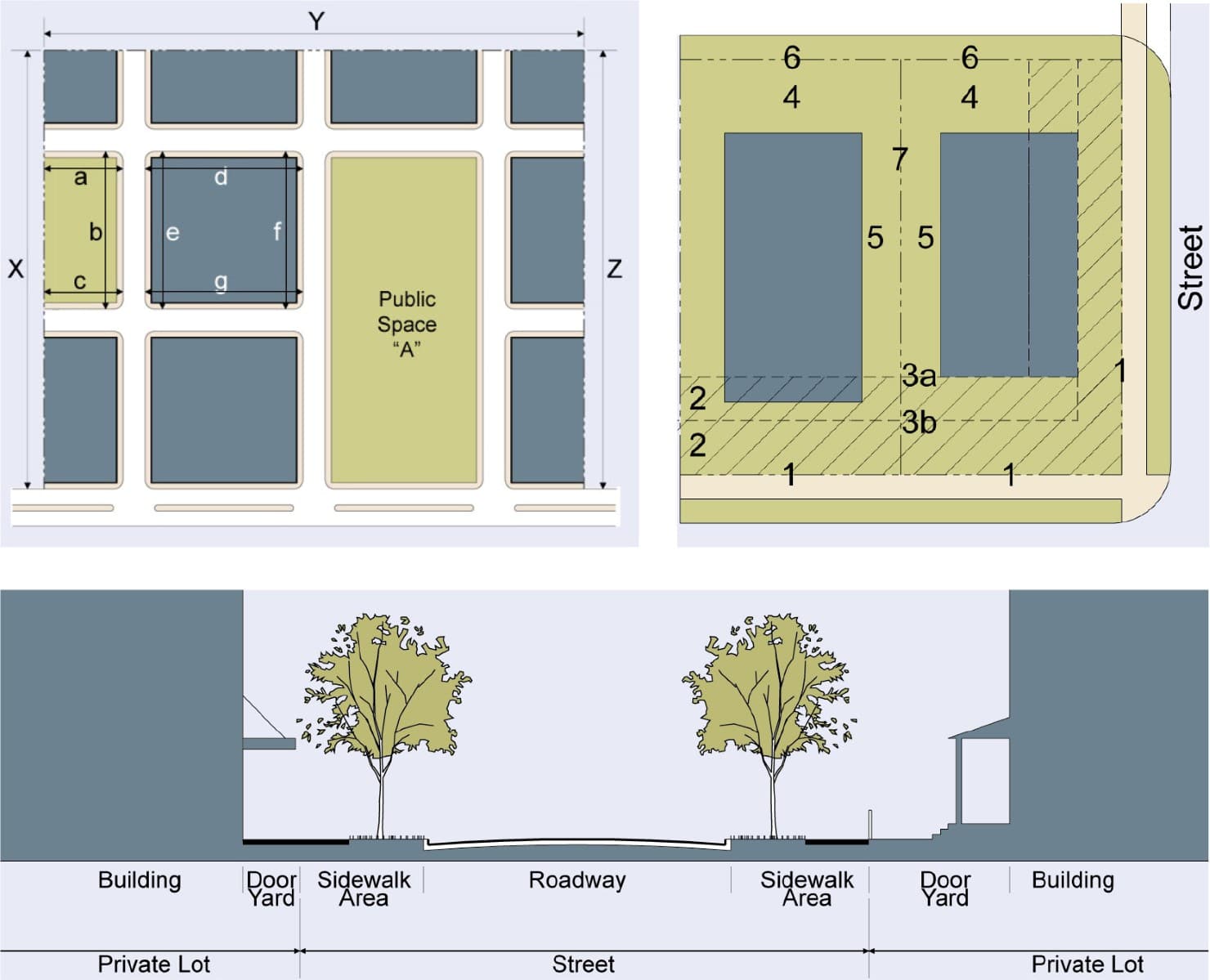
Client:
|
ACTIVITY CENTER FORM-BASED DISTRICT |
| Henry County, Georgia | |
|
The Henry County Activity Center District was prepared in early 2010 to codify the vision emerging from the Hudson Bridge-Jonesboro Roads Connector Activity Center Livable Centers Initiative (LCI) Study. It was intended to address deficiencies in the pre-existing zoning that would otherwise compromise the ability of the LCI vision to become a reality. Through an inclusive process that included a review of existing regulations, a series of draft ordinances, and the guidance of a steering committee, TSW developed a form-based zoning district intended to preserve existing density and use entitlements while strengthening regulations of urbanism and design. The district incorporates elements typically addressed in subdivision, zoning, and public works regulations into a single regulation based on sound planning and urban design principles. At the neighborhood level, the district’s subdivision element controls the division of land into small blocks bounded by walkable, human-scaled streets and interspersed with usable open spaces. These establish a framework for interconnected urbanism, rather than the disconnected patterns promoted by previous zoning. At the block level, the districts guides the placement of buildings to define block edges and, in doing so, support walking and bicycling. At the same time, it recognizes that certain streets (Primary Grid Streets) will be more pedestrian-oriented in the near term, while others (Secondary Grid Streets) will remain auto-oriented. Lastly, at the level of the building, the district addresses the relationship of the building to street (with provisions for Primary and Secondary Grid Streets). It also includes architectural standards that mandate basic elements of urbanism, such as the provision of windows and doors, without regulating building styles. |
|

